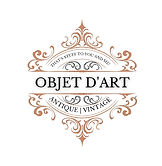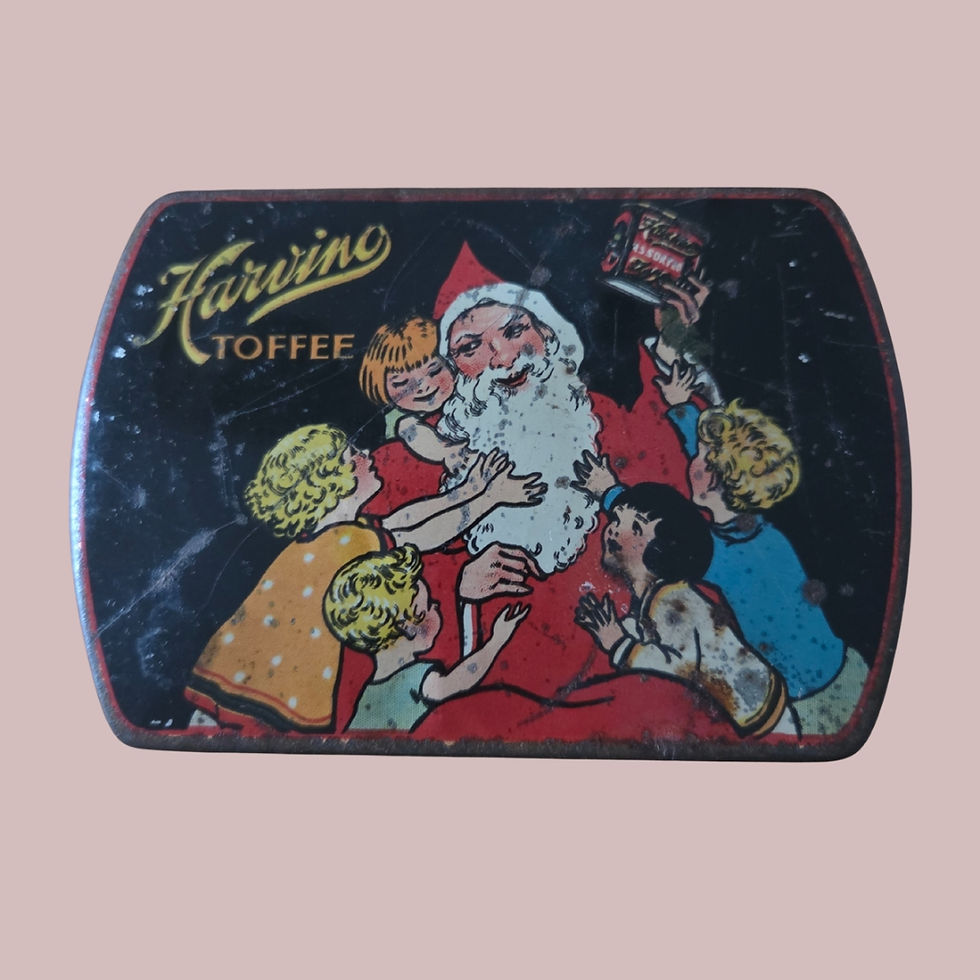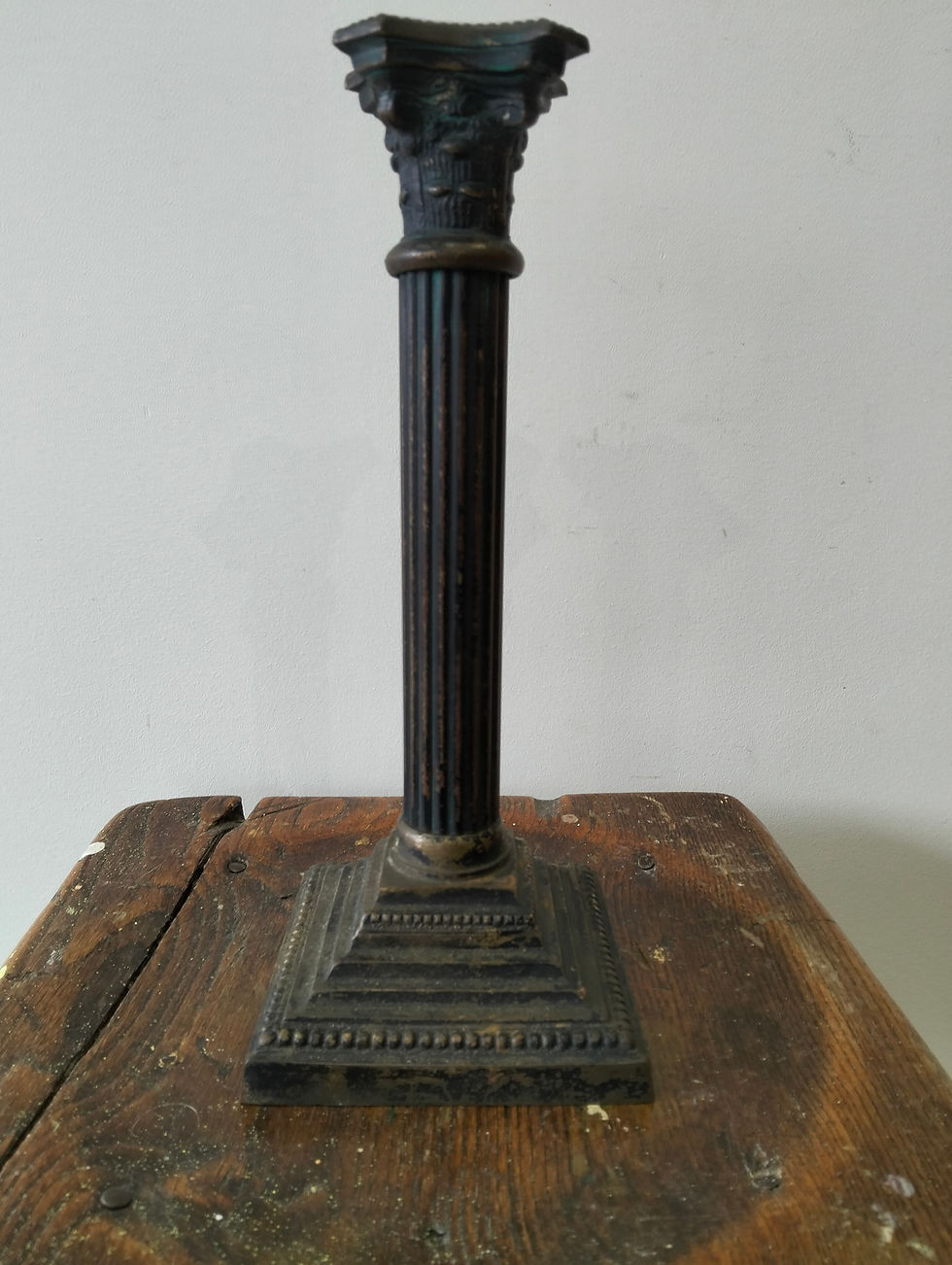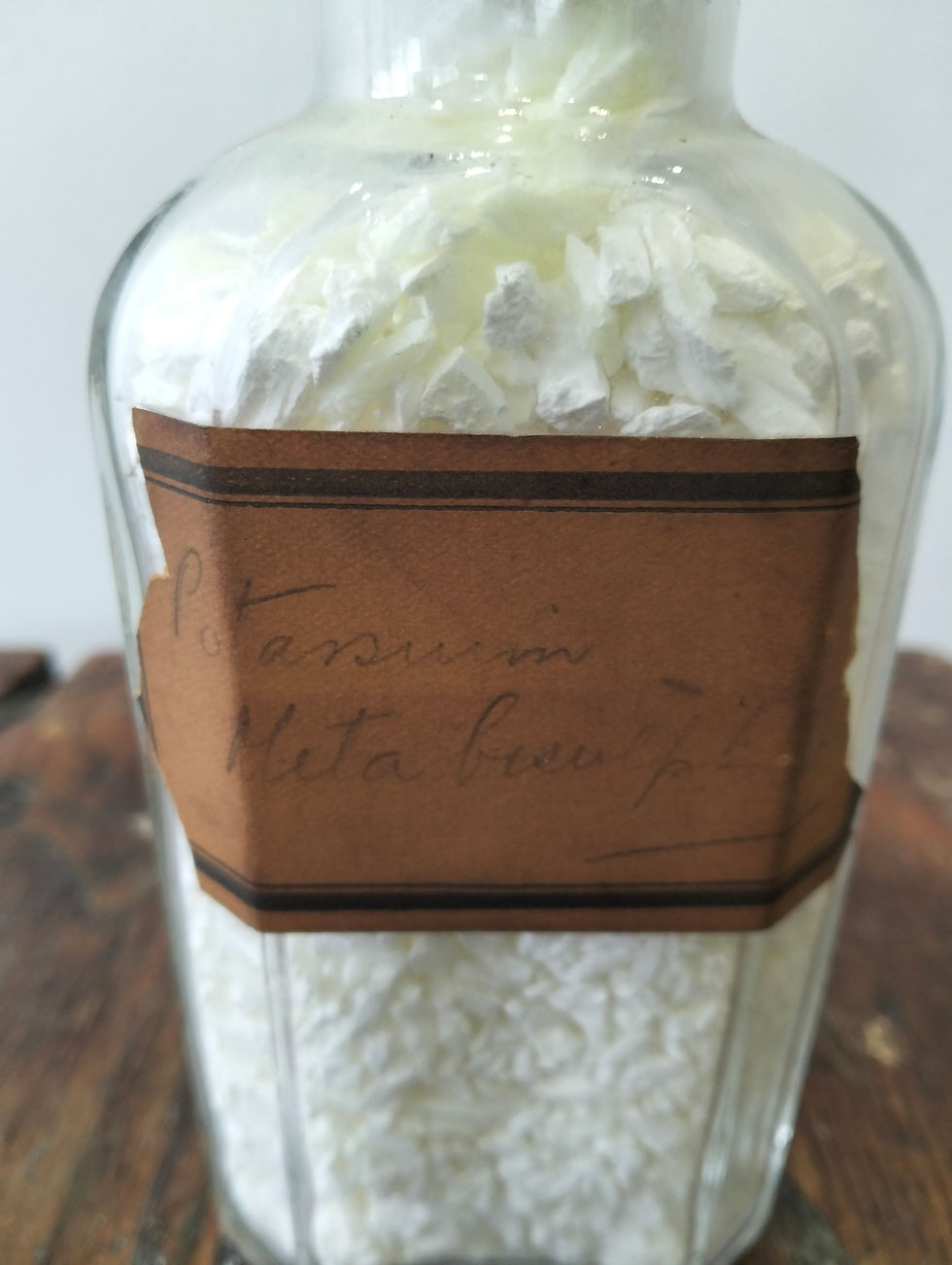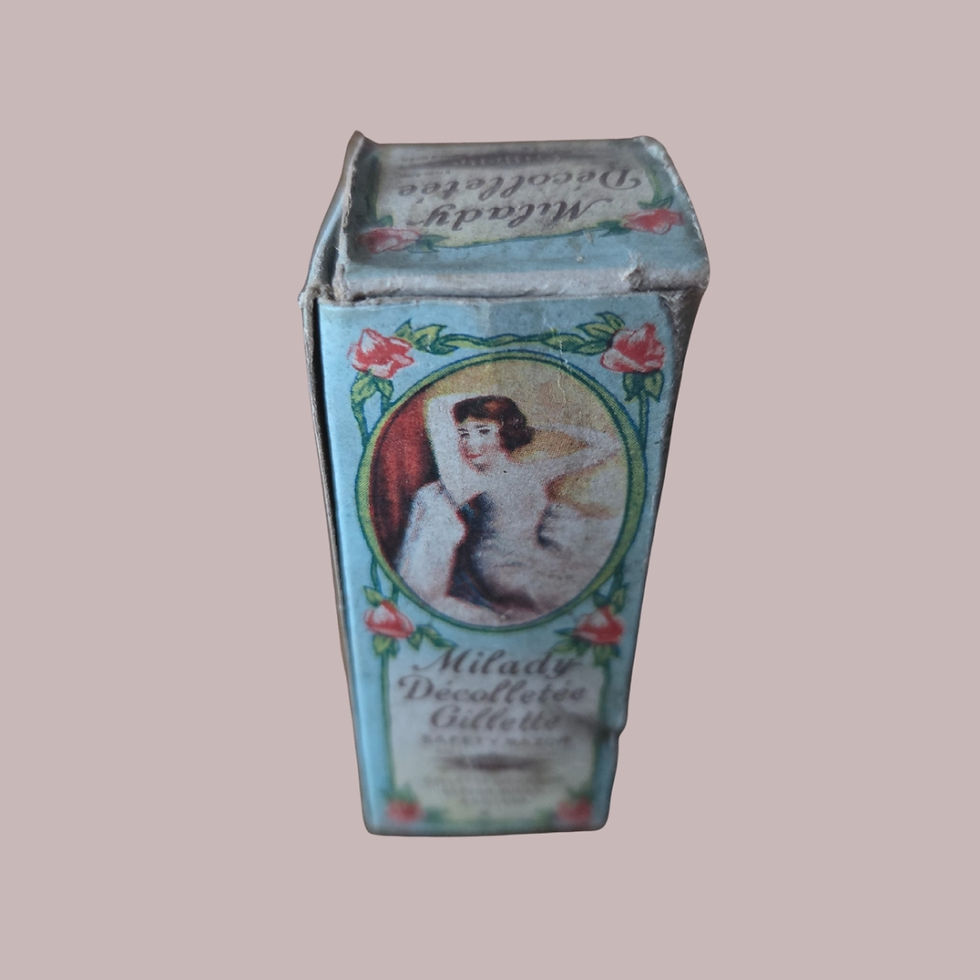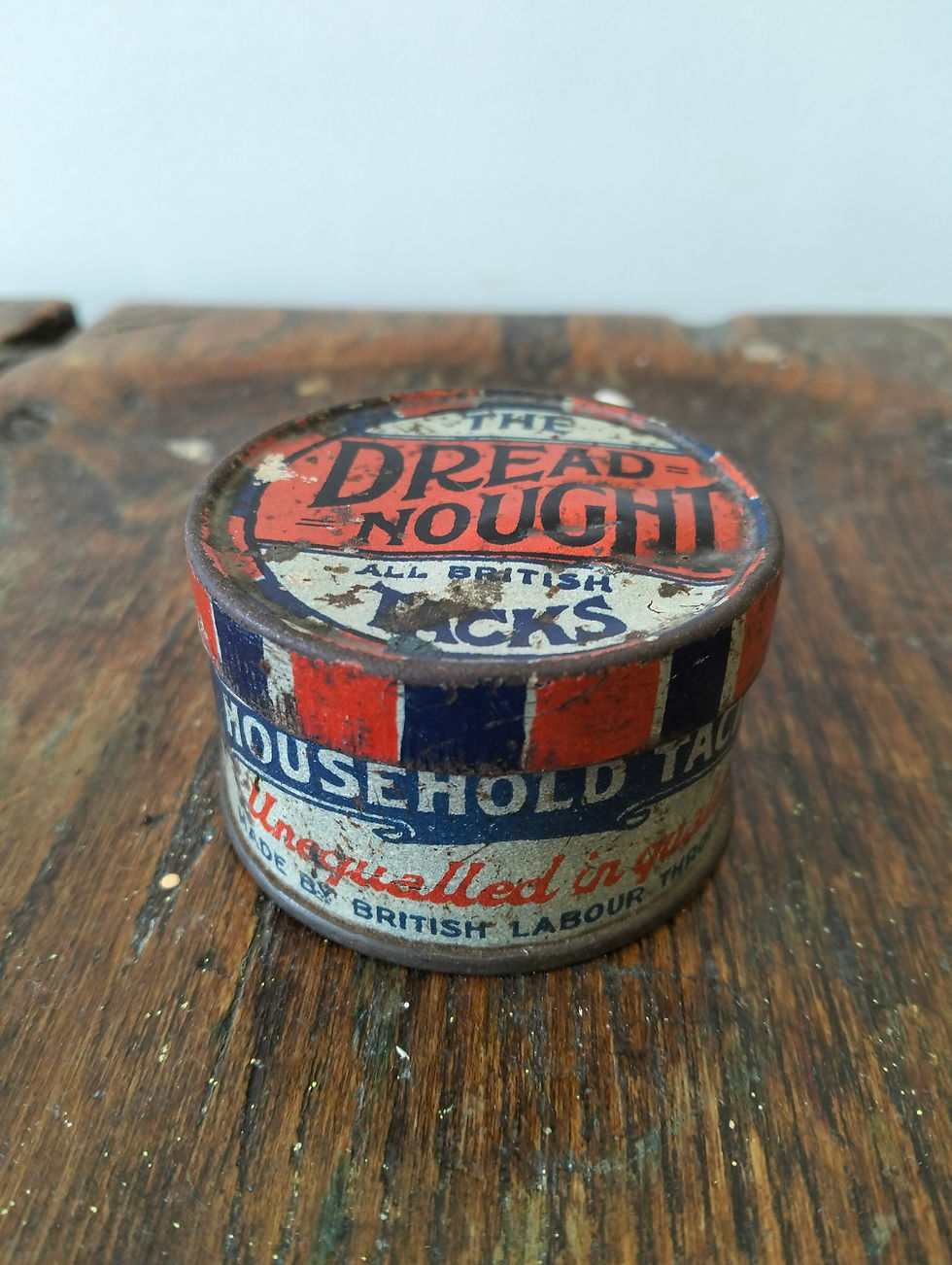Antique art deco early 20th century oak and metal anoroid barometer stunning!! Could not be more art deco if it tried !! Great display piece for an art deco design lover / house etc ( may require resetting adjustment)
26 cm wide 24 cm tall 5 cm width
Some minor age related wear
-
The barometer's history begins in the early to mid-1600s with the Italian physicist Evangelista Torricelli, who invented the first mercury barometer around 1643, demonstrating that atmospheric pressure exists and varies with weather conditions. His device, a simple U-shaped tube of mercury inverted into a bowl of mercury, was used to both show atmospheric pressure and later to predict weather. Later developments included more portable designs, such as the aneroid barometer, which uses a sealed metal chamber instead of liquid, contributing to the field of meteorology and weather forecasting.
Evangelista Torricelli and the first barometer
Invention:
Torricelli, a student of Galileo, invented the first mercury barometer around 1643.
Principle:
He demonstrated that the height of the mercury column in the tube was a result of atmospheric pressure, not the limitations of a suction pump as previously thought.
Discovery:
The variation in the mercury's height from day to day showed changes in atmospheric pressure, a concept that was crucial for weather prediction.
Evolution and improvements
Aneroid Barometer:
A later innovation was the aneroid barometer, which doesn't use mercury. It relies on a small, sealed metal chamber that expands and contracts with changes in air pressure, making it more portable and less fragile than mercury barometers.
Applications:
Over time, barometers were developed for different uses, including the marine barometer designed by Robert Hooke in the late 17th century to be sea-worthy.
Modern use and legacy
Weather forecasting:
Barometers remain a fundamental meteorological instrument, with falling pressure often indicating stormy weather and rising pressure suggesting fair conditions.
Antique value:
Many antique barometers are still treasured for their decorative value as well as their function.
Technological advancements:
Modern technology has advanced barometers, with even smartphones now incorporating built-in barometers to measure altitude and pressure.
Art Deco, named after the 1925 Paris exhibition, was an international design style between the 1910s and early 1930s, originating in France. It combined influences from ancient cultures, modern art movements like Cubism and Futurism, and machine-age aesthetics to create a luxurious, geometric, and streamlined look in architecture, fashion, and decorative arts. The style celebrated wealth, modernity, and the fast-paced lifestyle of the Roaring Twenties before declining with the Great Depression.
Origins and Influences
Pre-WWI France:
Art Deco style began to emerge in France in the years leading up to World War I.
1925 Paris Exhibition:
The style was formally announced to the world at the Exposition Internationale des Arts Décoratifs et Industriels Modernes (International Exhibition of Modern Decorative and Industrial Arts) in Paris. The name "Art Deco" was coined in the 1960s from this exhibition.
Aesthetic Mix:
It was a blend of diverse inspirations:
Ancient Cultures: Egyptian, Greek, and Roman art provided geometric and monumental forms.
Avant-Garde Art: Modern movements like Cubism, Futurism, and Constructivism introduced bold geometric shapes and abstract forms.
Machine Age: The style embraced the speed, efficiency, and sleekness of modern technology and mass production.
Characteristics
Geometric and Streamlined Forms:
Art Deco emphasizes strong, straight lines, sharp angles, and symmetrical patterns.
Luxurious Materials:
Rich and often expensive materials were used, including chrome, gold, jade, ivory, and exotic woods, alongside innovative manufactured materials like plastics.
Bold Colors and Ornamentation:
The style incorporated vibrant, sometimes kitsch, colors and decorative motifs like sunbursts, chevrons, and stylized natural forms.
Historical Context and Spread
Post-WWI Optimism:
Art Deco emerged after the destruction of World War I, reflecting a desire for a fresh start, prosperity, and a forward-looking perspective.
Symbol of Modernity:
It became a symbol of progress, sophistication, and the glamorous, fast-paced urban lifestyle of the era.
Global Reach:
The style quickly spread internationally, becoming prominent in cities worldwide, including New York, Shanghai, and Miami.
Decline
The Great Depression:
As the economy faltered in the 1930s, more austere and functional styles became preferred, leading to the decline of the opulent Art Deco aesthetic.
End of an Era:
The movement largely faded out by the beginning of World War II, around 1939.
Liknande produkter
Additional Details
Product Information
The information provided by Objetdart-stuff ('we', 'us', or 'our') on http://www.objetdart-stuff.co.uk (the 'Site') and our mobile application is for general informational purposes only. All information on the Site and our mobile application is provided in good faith, however we make no representation or warranty of any kind, express or implied, regarding the accuracy, adequacy, validity, reliability, availability, or completeness of any information on the Site or our mobile application. UNDER NO CIRCUMSTANCE SHALL WE HAVE ANY LIABILITY TO YOU FOR ANY LOSS OR DAMAGE OF ANY KIND INCURRED AS A RESULT OF THE USE OF THE SITE OR OUR MOBILE APPLICATION OR RELIANCE ON ANY INFORMATION PROVIDED ON THE SITE AND OUR MOBILE APPLICATION. YOUR USE OF THE SITE AND OUR MOBILE APPLICATION AND YOUR RELIANCE ON ANY INFORMATION ON THE SITE AND OUR MOBILE APPLICATION IS SOLELY AT YOUR OWN RISK.
Postage and Returns
DELIVERED FROM OUR WAREHOUSE DIRECT TO YOUR DOOR
Shop with peace of mind knowing that:
-
Secure ways to pay include PayPal, to protect your money and your security
-
We use reliable couriers to deliver on time and safely, with insurance for loss or damage included. Delivery by Royal mail 48 Tracked. Tracking information is always provided once your item has dispatched so you can follow its journey
-
We use sustainable and repurposed packaging and delivery takes 3 to 5 days (UK)
-
We have a reliable, no quibbles, 14 days returns policy, just in case you simply change your mind
-
We are available via email or chat if you need help making the purchase or if you want to make us an offer
-
There's always discount available. Right now use our coupon code XMAS25 for 15% off at checkout - only available on direct website purchases and for a limited period!

July 2025
Great item, was a glass jar with contents, well packaged, with a fragile label attached, arrived no problems. A near perfect example of a 50s/60s Hopkin and Williams chemical bottle. The postage was fair, the item was as described and a good value, especially with contents.
August 2025
Tres bonne transaction, envoi rapide et soigne. A refaire. Vendeur top professionnel
June 2025
I am absolutely delighted with this item. It arrived by post quicker than I expected. It was very well packaged up and I will add it to my ever growing collection..I spent quite a while deciding whether to add this [item] to it. it is exactly as you described.
